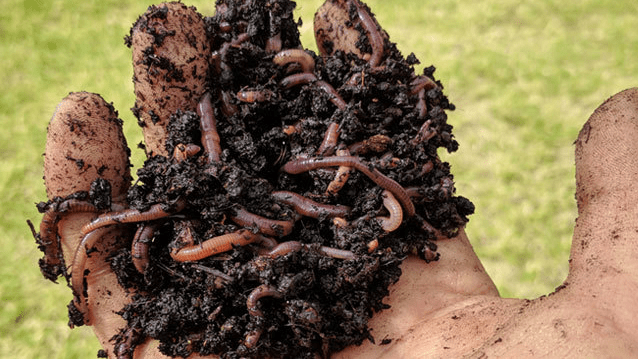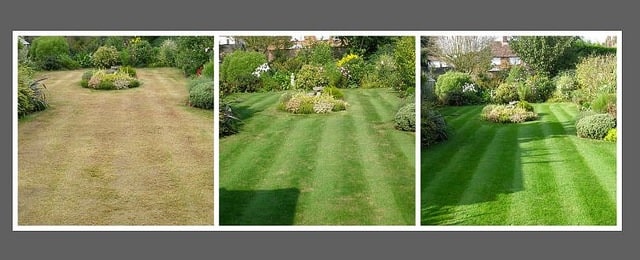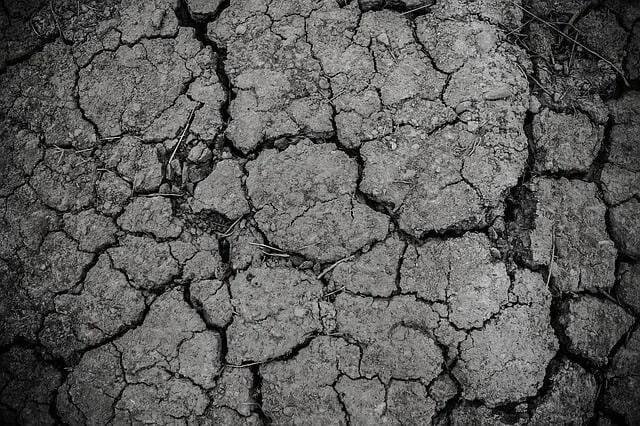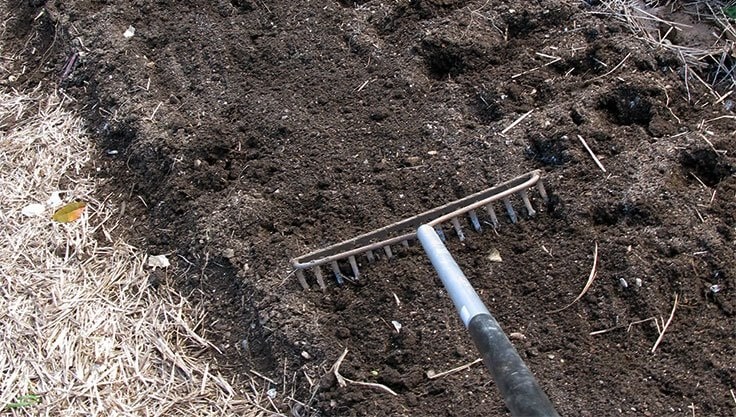Mulch
Mulch is a term that comes up every now and then in connection with the garden or even more often in agriculture. It always refers to unrotted organic material. This can be, for example, grass clippings, straw, sawdust or shredded bark. The application of the mulch in the garden or on a field is then called mulching. It is intended to perform three main functions:
- Protective: mulch keeps the soil cool longer in the summer and provides warmth in the fall
- Nutrient supply: Mulch gradually decomposes, becoming humus and thus a nutrient provider
Weed prevention: mulch significantly reduces the incidence of light, so that very few weeds can grow under the layer
Bark mulch consists mainly of bark, which is mainly produced in sawmills when a tree trunk is peeled off. This bark is coarsely chopped with a chipper, but must not be ground. After chipping, it should be allowed to dry for about three months before being packed and used. Bark mulch packs are available in various sizes from garden supply stores, nurseries or directly from a sawmill.
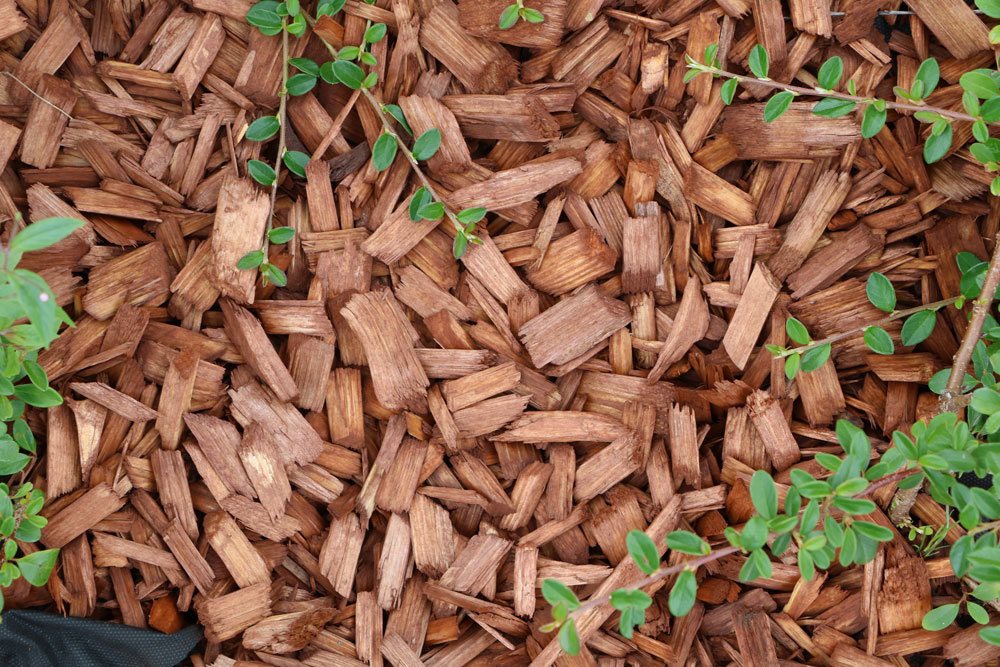
Tip: When buying bark mulch, it is essential to ensure that the proportion of fresh wood in the mulch is as low as possible. This can be checked, for example, by visual inspection.
Apply bark mulch correctly
The application of bark mulch on the ground is very simple and does not require any special knowledge. A few tools that amateur gardeners usually already have are advantageous. These include:
- Wheelbarrow
- Garden shovel
- Rake
- Garden rake
- Folding rule
Typically, mulch is applied to the soil around plants. The goal is to achieve the most even, closed area possible with no gaps. The thickness of the mulch layer is especially important. It should definitely be in the range of five to seven inches. If the layer is thinner, it will no longer be able to protect against flying weed seeds, nor will it be able to regulate the temperature optimally. If, on the other hand, it is thicker, there is a risk that the pieces of bark will begin to mold. This is the best way to proceed with mulching:
- Fill mulch from the bag onto a wheelbarrow.
- from there, roughly spread the mulch with the garden shovel
- use a rake or rake to ensure an even surface area
- regularly check the thickness of the layer with a folding rule
- if necessary, refill or remove material
If the entire bag of mulch is not used up, the bag should be sealed tightly and stored in as dry a place as possible. Then the material can still be used later. It may be advisable to poke small holes in the bag to provide good ventilation.
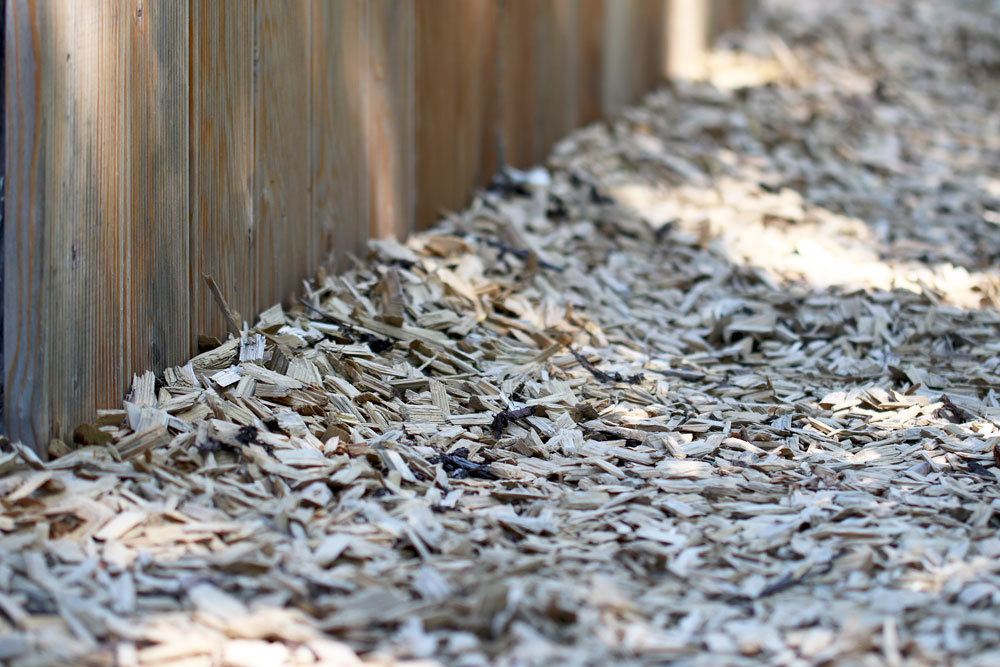
Timing
There is no set time when you should apply bark mulch. As a rule of thumb, it should always be applied outside the growing season. This means that autumn and early spring are the best times to apply it. The question of how often mulch should be applied cannot be answered so easily. As already mentioned, the goal should always be a closed layer. If there are gaps, new material can be applied in the summer for safety’s sake. Incidentally, correct application also involves placing the bark mulch directly on the ground. Under no circumstances should it be placed on a layer of snow or ice.
Path design
One of the many advantages of bark mulch is that it can be used to create paths very easily and very inexpensively. It is just perfect as a covering for the most diverse garden paths. But it can also be used only for path borders. If it is used as a surface, weeds in particular can be wonderfully contained with it. In addition, there is no sealing of the soil. Rainwater simply runs off through the mulch layer. However, the layer usually needs to be renewed at least once a year.




